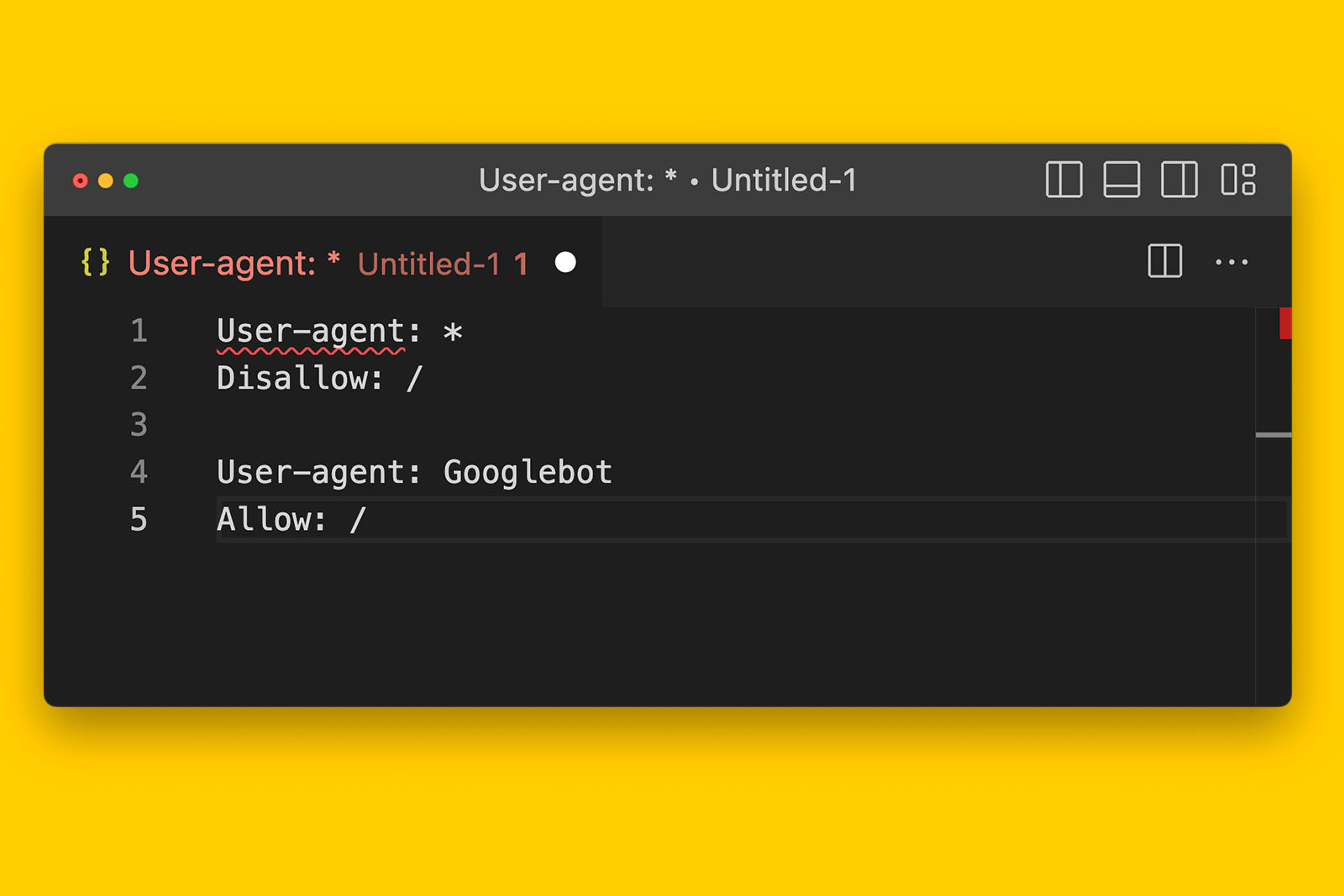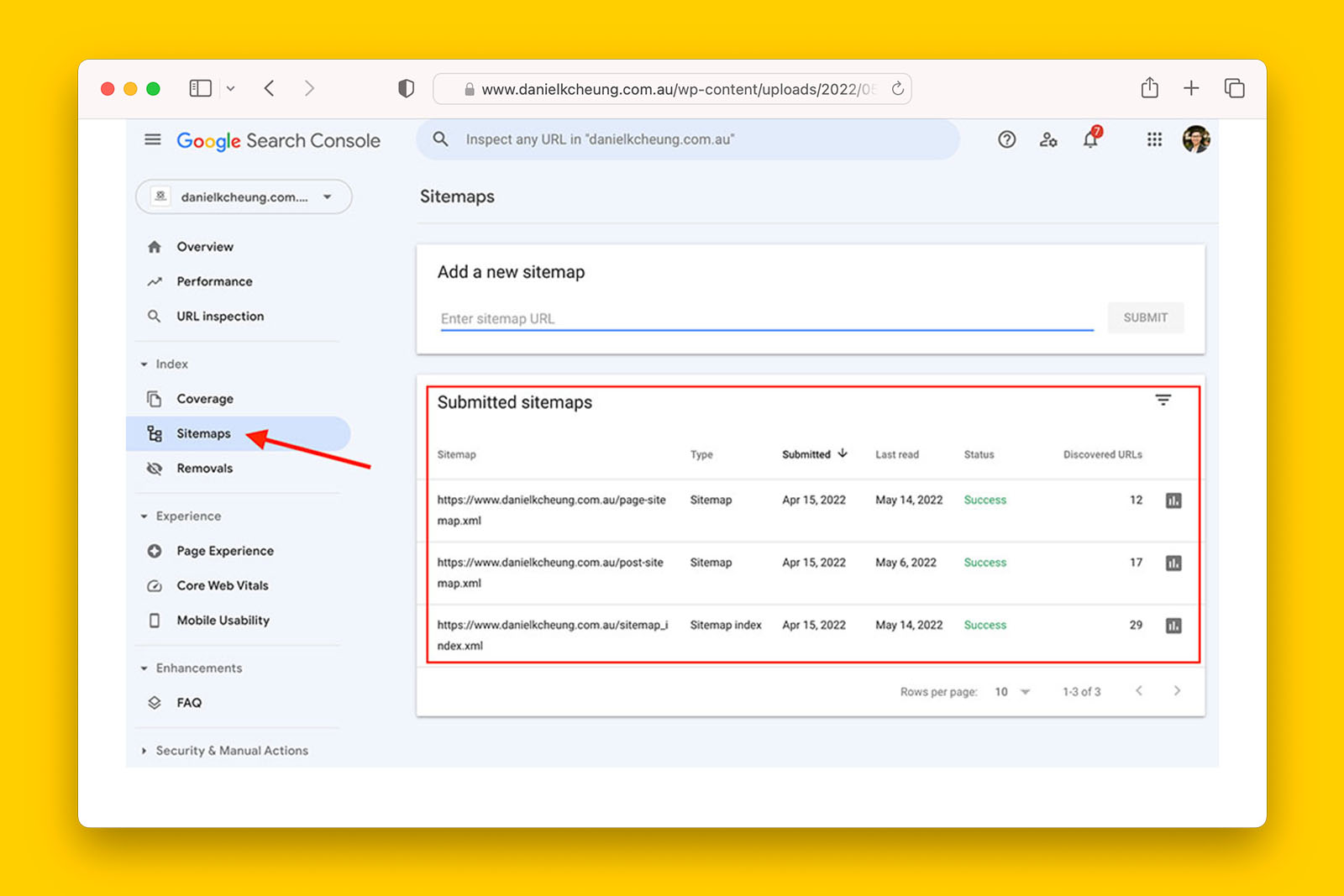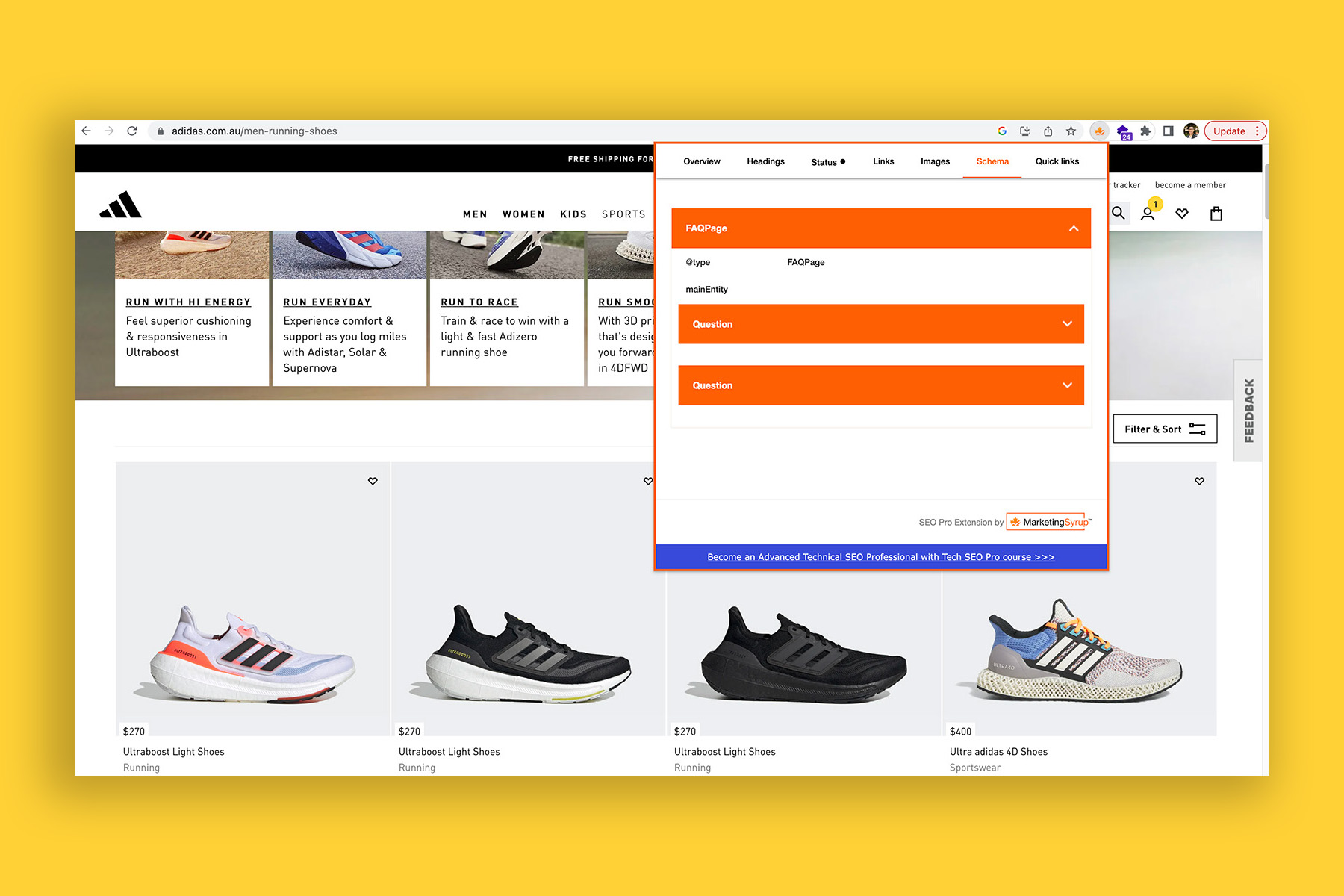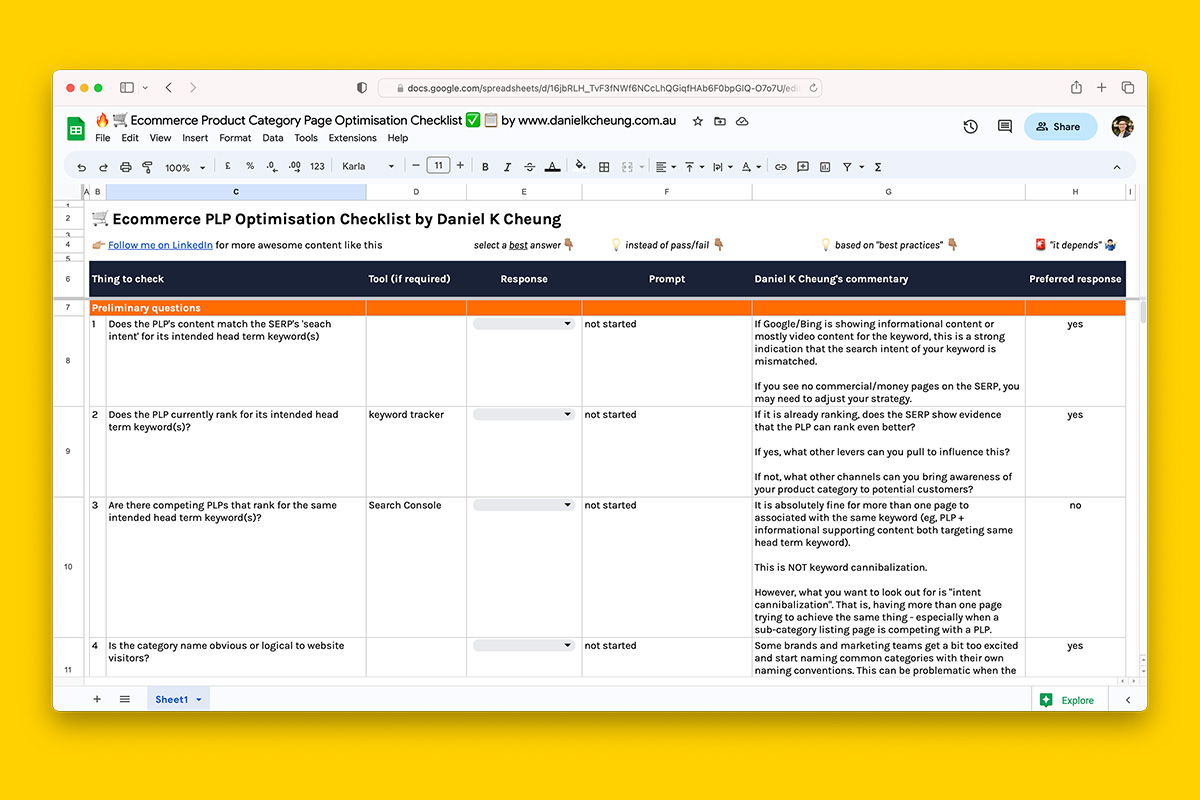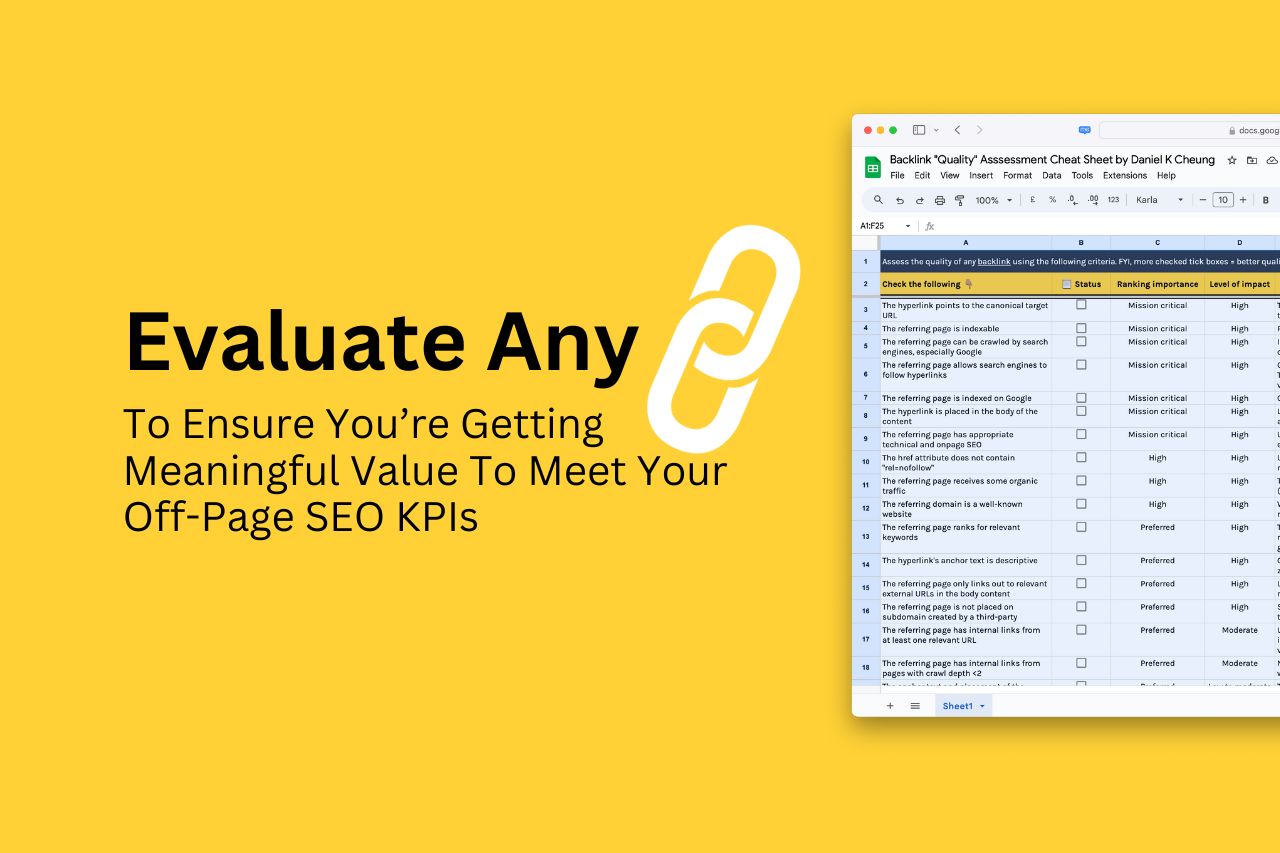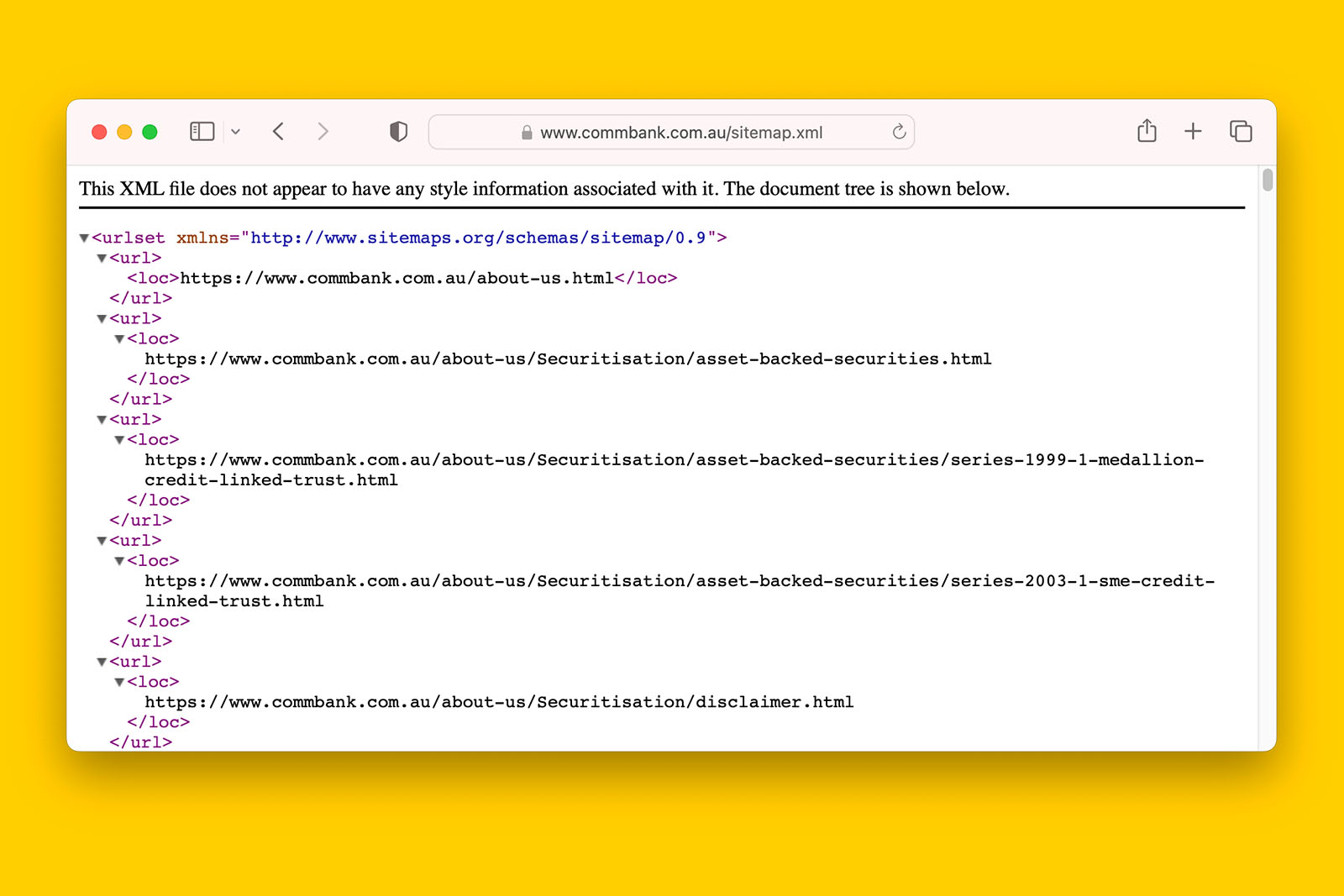Use this actionable EEAT checklist to improve your trust and conversions
Experience, expertise, authoritativeness and trust have always been a framework for making the Internet a better place.
But the problem with E-E-A-T is that it is largely conceptual—an ideal at best.
As search or marketing professionals, ideals are difficult to follow. Furthermore, concepts are near impossible to translate into requirements.
Until now.
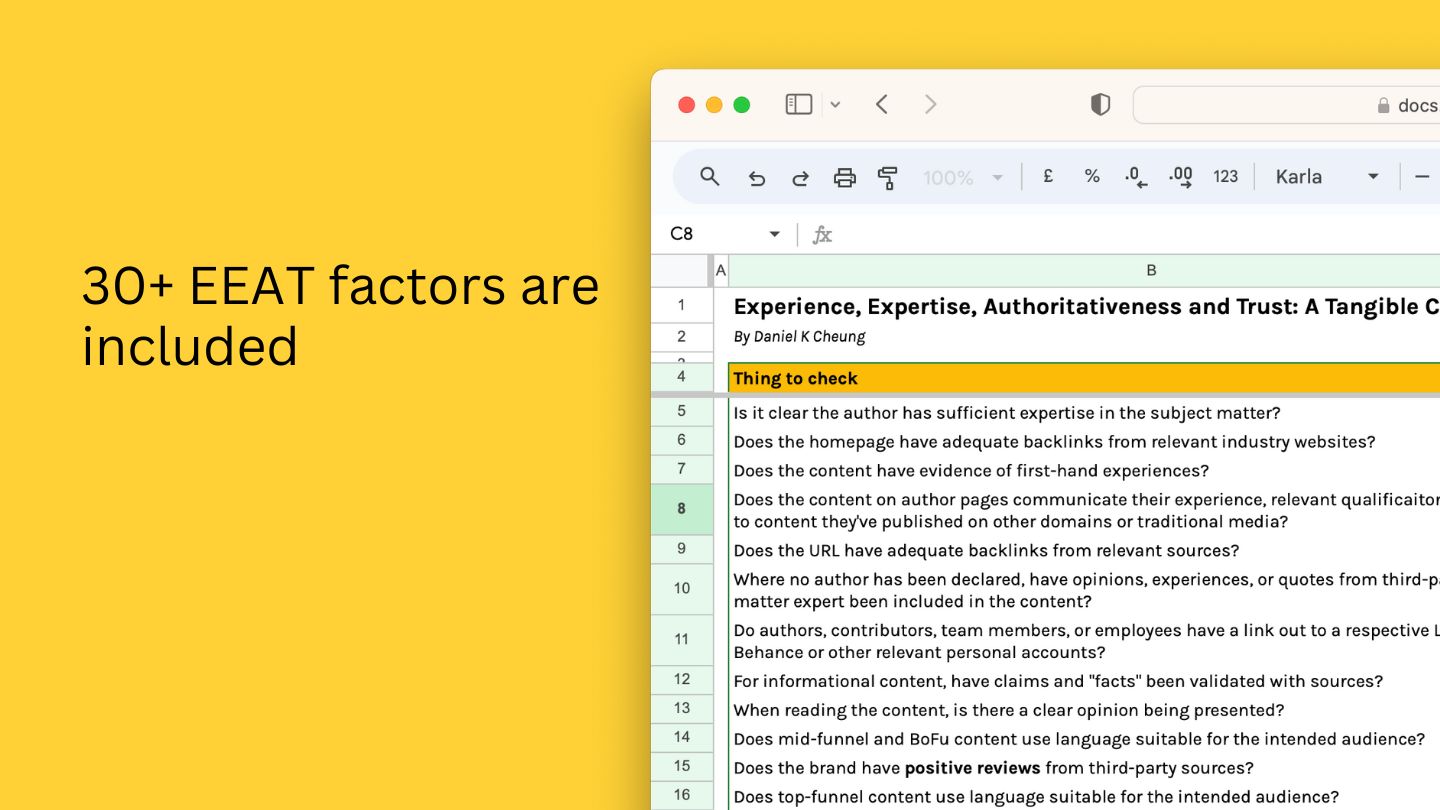
In this checklist, you will be able to check any website and its pages for its level of trust so that you can identify and prioritise which areas need further improvement.
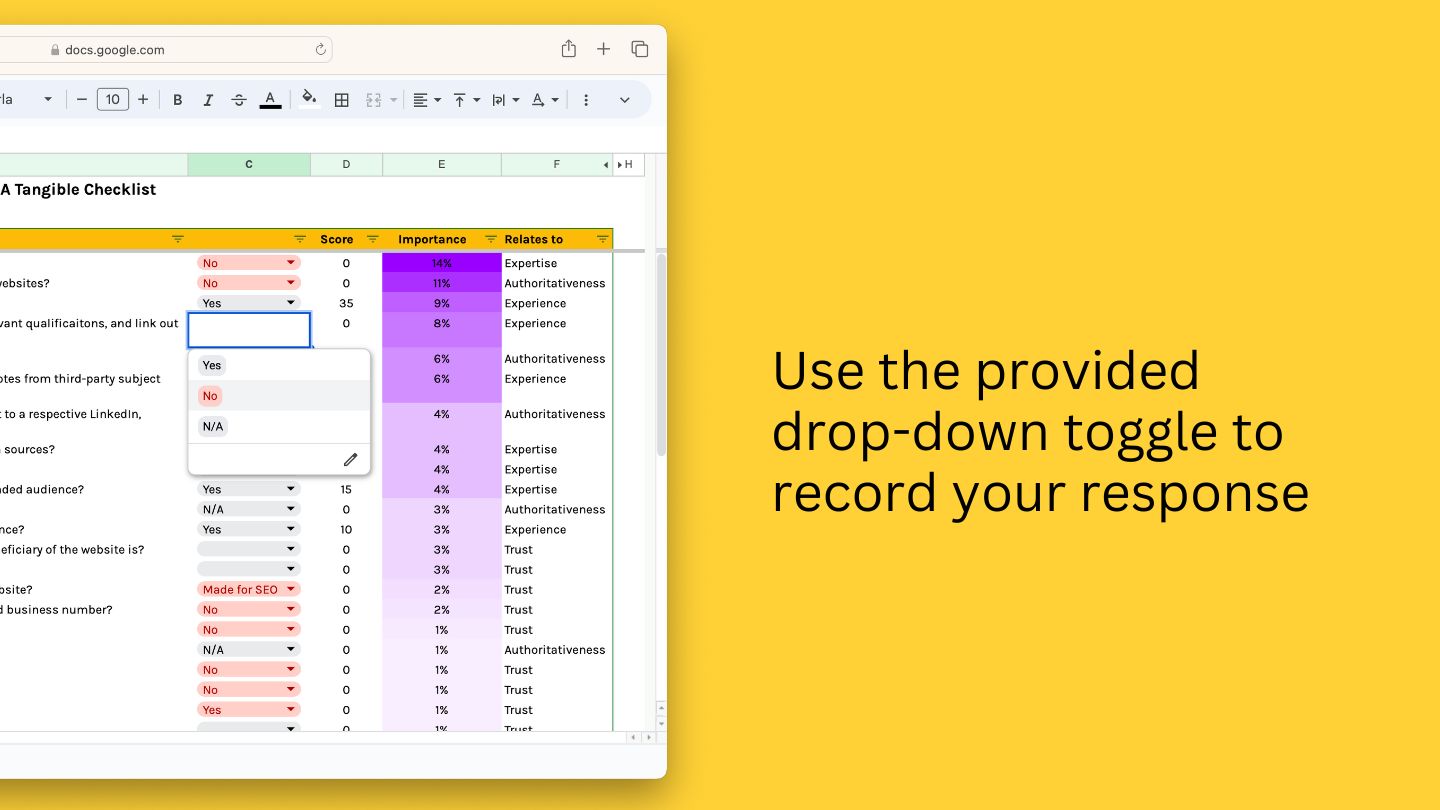
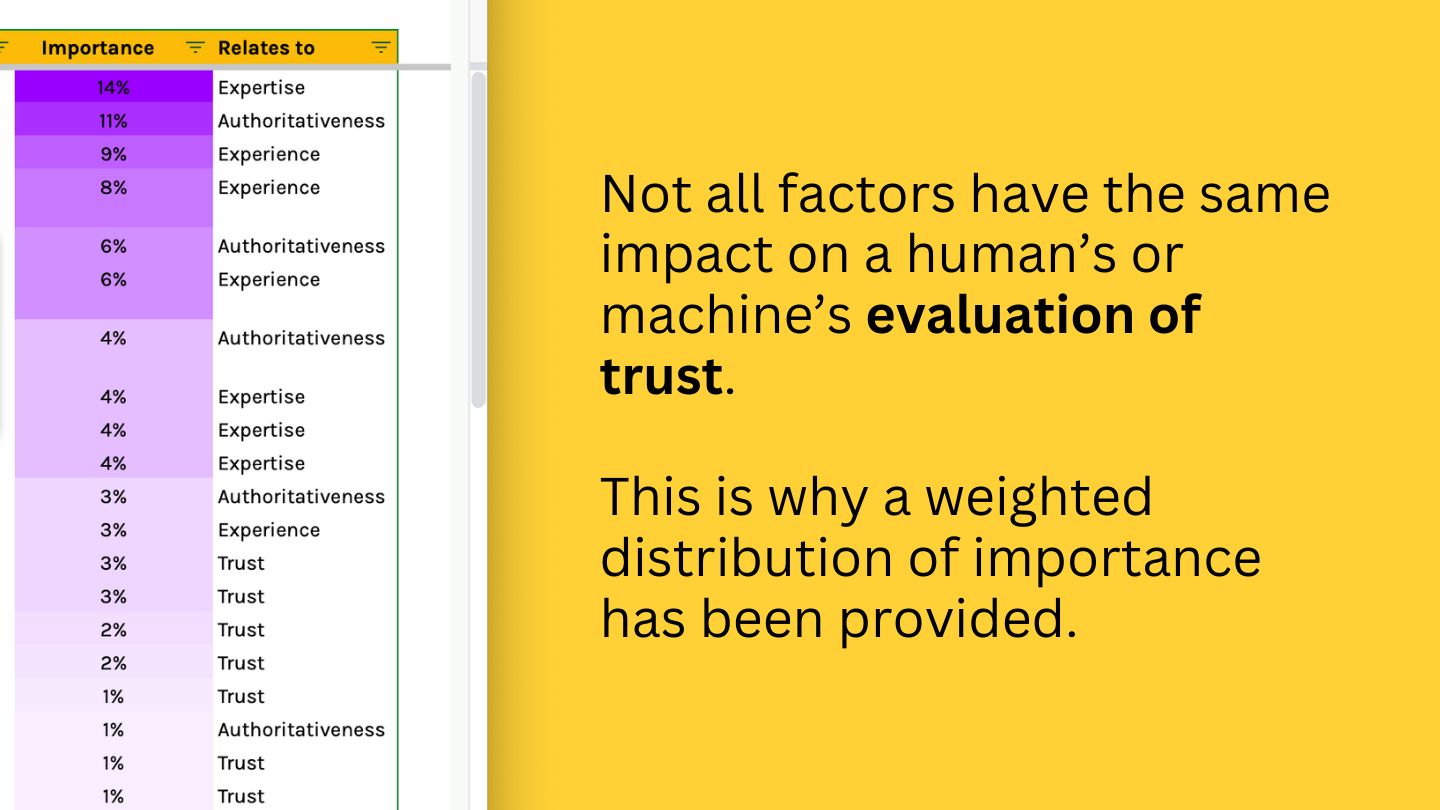
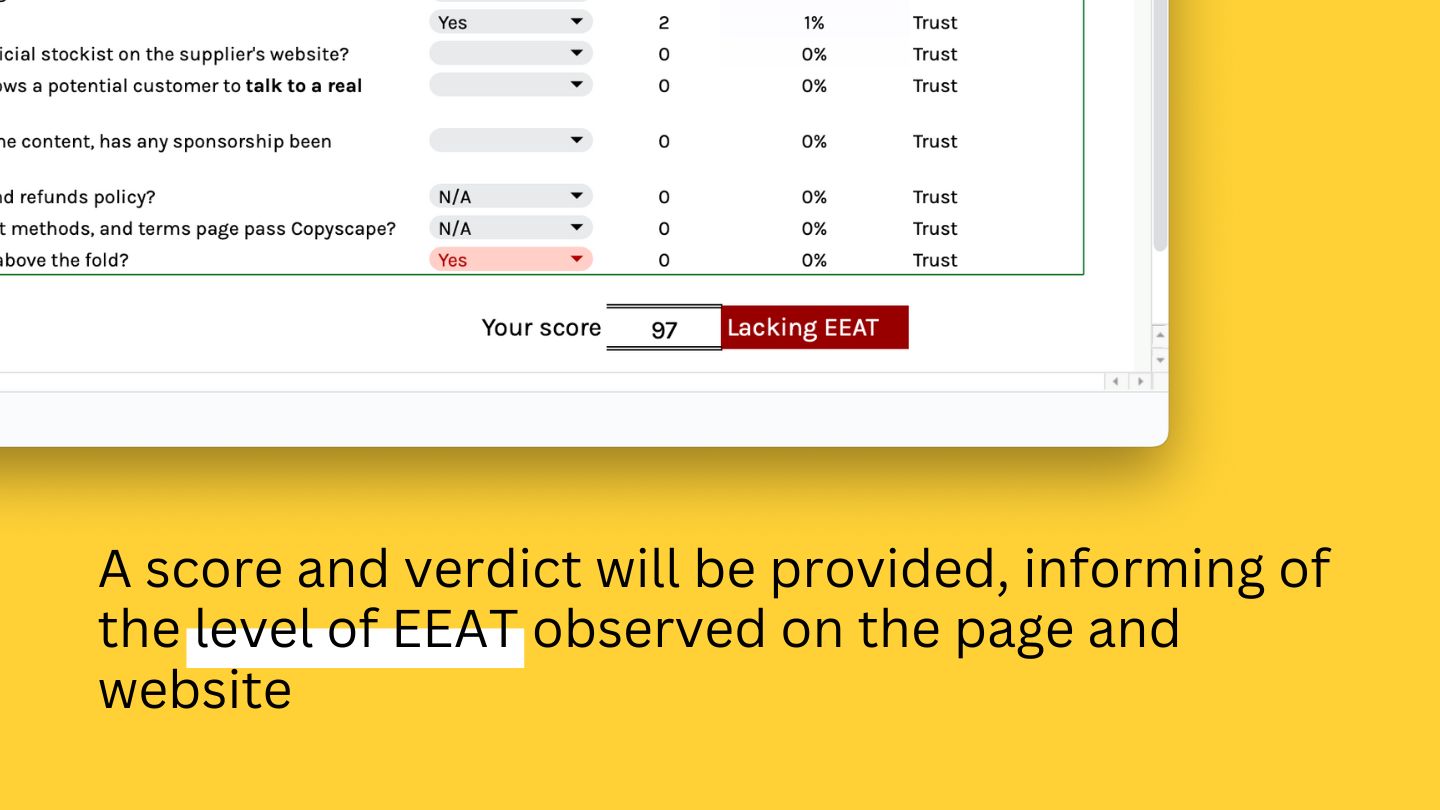
Get the checklist
The EEAT checklist is currently in MVP stage and is currently undergoing peer review.
It is available for purchase on Gumroad—buy now for $49.
Tools you will need
- Web browser – most checklist items can be carried out with any modern web browse (eg, Chrome, Safari, Edge)
- Semrush, Majestic, or Ahrefs – since backlinks contribute to ‘authoritativeness’, a SEO tool that has a backlink checker is required to perform this task
- Schema.org validator
Disclaimer: There is no official EEAT score. Everything you see on this page and in the checklist document are based on my own opinion, turning guiding principles into tangible measures.
Possible outcomes
The checklist will give you 1 of four results:
Levels of trust explained
The way humans trust and how machines trust are completely different mechanisms. However, this checklist blends the two together to give you actionable next steps to improve the level of trust of (a) content, and (b) the entity behind the content.
What does ‘Low EEAT’ mean?
Low EEAT means the website and its content has very little to no trust signals.
When a person lands on the website, they are unable to determine the factuality of its content and who is behind the content and its content. Oftentimes, web visitors will bounce and not continue their journey on the website.
Similarly, when a search engine visits the website and its content, it is unable to validate the source of the information. For example, it cannot determine if the information is published by a business, a brand, or an individual as this has not be declared in the content or schema markup.
As a result, while the content may be deemed ‘helpful’, the website and its content has not earned a sufficient level of trust.
Low EEAT does not mean content cannot rank well in organic SERPs.
However, for competitive and YMYL topics, it is rare to see a site with low level of trust ranking well.
What does ‘Lacking EEAT’ mean?
Lacking EEAT means a website represents a known brand or business. However, its content and design methodology has significant areas of improvement.
It is common for established brands or business to achieve a positive online reputation but lack digital trust signals on their website and in their content.
Common examples of websites with lacking EEAT include major financial institutions.
Even though they’re trusted businesses, are widely known, and have a lot of high quality backlinks from known sources, their informational content is generic and the people behind the information is never disclosed.
Websites that lack EEAT can (and will) rank.
Oftentimes, they perform very well on Google search. However, their conversion and user journey data tells a different story.
What does ‘Moderate EEAT’ mean?
Moderate EEAT means a website and its content conveys a strong sense of trust signals.
In fact, achieving a moderate level of trust is difficult as it requires the website to be a real brand, organization or business that can be validated by multiple external sources.
Only a very small percentage of websites meet this criteria.
If you’re one of them, congratulations on putting your audience first.
However, websites with moderate EEAT can still find meaningful ways to improve its level of trust to both its target audience and to search engines. And this is best measured through conversion and web journey analytics.
What does ‘High EEAT’ mean?
High EEAT means that anyone landing on the website can trust its content and its product and service offerings—even if the website is recommending third-party things.
Achieving a high level of trust is extremely difficult as it requires putting users first, always.
A high level of trust requires technical SEO, schema markup, outreach, branding, social media, traditional media buying, and paid channels.
Trust, by definition cannot be faked.
A high EEAT takes time because it is ultimately your reputation.
That is, it isn’t what you tell people who you are, but rather, what people say about you when you’re not in the room.
